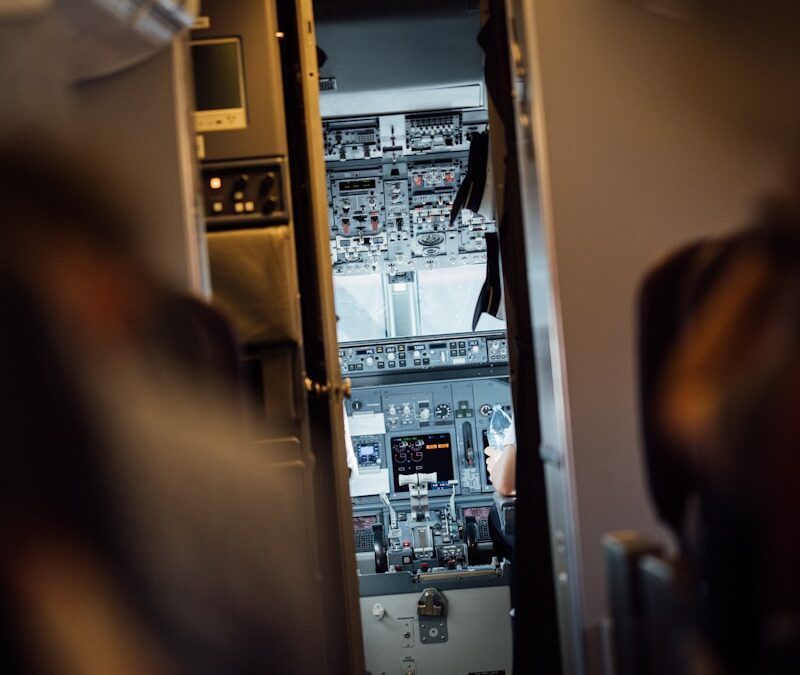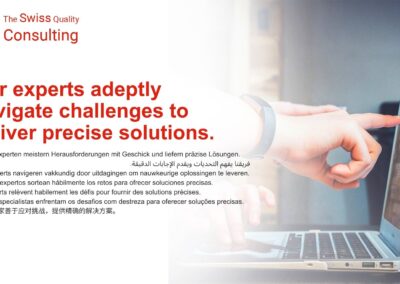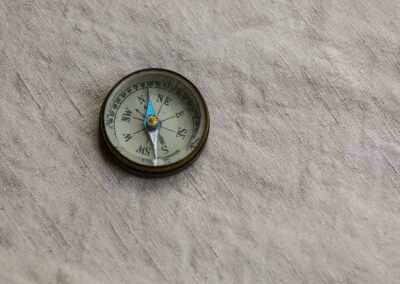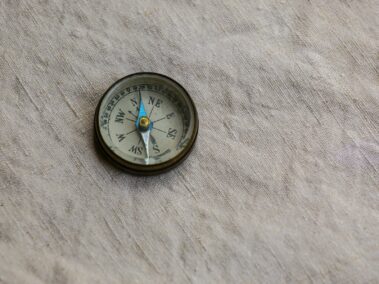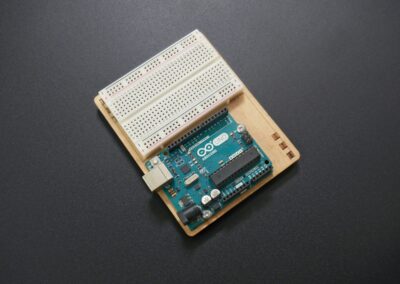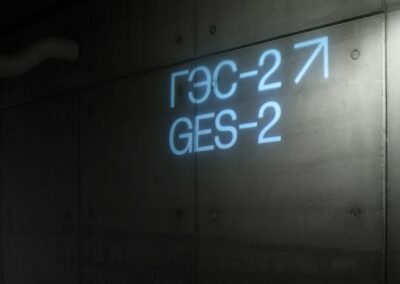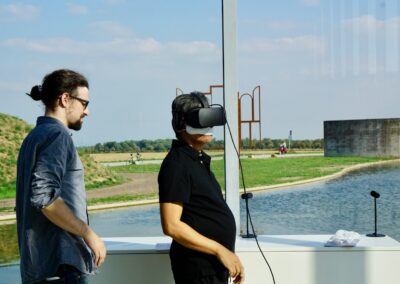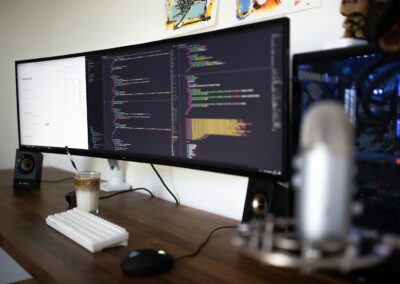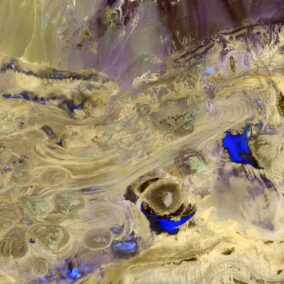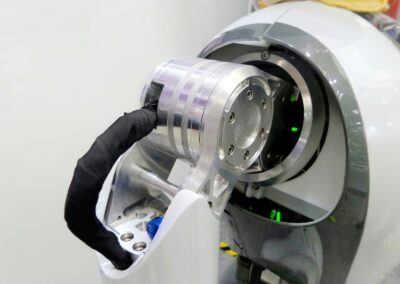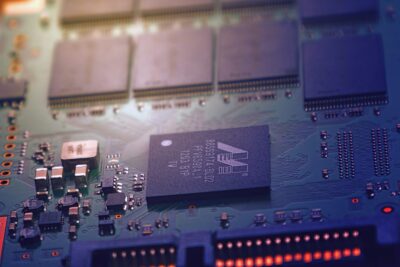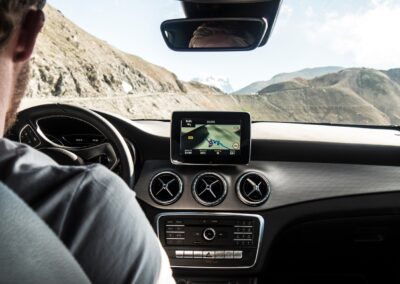The Future of Smart Navigation
Introduction to AR Navigation Systems
The integration of AR navigation systems is transforming how users navigate through complex environments by providing real-time, turn-by-turn directions. These systems leverage augmented reality (AR) to overlay digital information onto the physical world, creating a seamless navigation experience. In technologically advanced regions like Saudi Arabia and the UAE, AR navigation systems are becoming essential tools for both everyday use and specialized applications, enhancing user convenience and operational efficiency.
AR navigation systems utilize sensors, cameras, and AI algorithms to analyze the environment and guide users accurately. For instance, in Riyadh, a busy urban center, AR navigation can help pedestrians navigate through crowded streets and intricate pathways by displaying directions directly onto their view through smartphones or AR glasses. This not only simplifies the navigation process but also enhances safety by allowing users to keep their eyes on their surroundings rather than constantly looking at a map.
In Dubai, a hub for business and tourism, AR navigation systems are particularly beneficial for visitors unfamiliar with the area. Tourists can use these systems to find their way to popular attractions, restaurants, and hotels, with the AR providing additional information such as historical facts, reviews, and real-time updates on traffic conditions. This level of detail and convenience significantly improves the travel experience, making it more enjoyable and stress-free.
Enhancing Navigation in Complex Environments
The true potential of AR navigation systems lies in their ability to simplify navigation in complex environments. For businesses and organizations, these systems can be integrated into large facilities like airports, shopping malls, and corporate campuses to guide visitors and employees efficiently. In Saudi Arabia, where large-scale infrastructure projects are continually being developed, AR navigation can play a crucial role in managing the flow of people and ensuring that they reach their destinations quickly and safely.
For example, in a sprawling corporate campus in Riyadh, employees and visitors can use AR navigation to find specific offices, meeting rooms, and amenities. The system can provide real-time updates on the best routes to take, considering factors such as construction work or high foot traffic areas. This not only enhances productivity by reducing the time spent searching for locations but also improves the overall visitor experience by making navigation intuitive and straightforward.
Similarly, in the expansive shopping malls of Dubai, AR navigation systems can guide shoppers to their desired stores, restaurants, and entertainment venues. By overlaying directions onto the shopper’s view, these systems eliminate the confusion often associated with navigating large, multi-level malls. Additionally, retailers can use AR to highlight promotions and offers as shoppers approach their stores, creating an interactive and engaging shopping experience that can drive sales and customer satisfaction.
The Future of AR Navigation Systems
The future of AR navigation systems is poised for significant advancements as technology continues to evolve. The integration of generative artificial intelligence (AI) and the Internet of Things (IoT) will further enhance the capabilities of these systems, providing even more accurate and personalized navigation experiences. In forward-thinking regions like Saudi Arabia and the UAE, where innovation is a key driver of economic growth, the adoption of advanced AR navigation systems is expected to increase, bringing numerous benefits to various sectors.
One promising development is the use of AR navigation in the healthcare industry. Hospitals and medical centers in Riyadh can implement AR systems to guide patients and visitors to different departments, reducing anxiety and improving efficiency. For example, a patient arriving for a check-up can use AR navigation to find the nearest parking spot, locate the correct entrance, and receive step-by-step directions to the doctor’s office. This streamlined process enhances the patient experience and allows healthcare providers to focus on delivering quality care.
Additionally, AR navigation systems can revolutionize logistics and supply chain management in Dubai’s bustling ports and industrial zones. By providing real-time directions and updates, AR can optimize the movement of goods and personnel, ensuring that operations run smoothly and efficiently. For instance, warehouse workers can use AR to locate items quickly and accurately, reducing errors and increasing productivity. This application of AR navigation not only improves operational efficiency but also contributes to the overall competitiveness of businesses in the region.
In conclusion, the implementation of AR navigation systems represents a significant advancement in the field of smart navigation, offering real-time, turn-by-turn directions that simplify navigation in complex environments. By leveraging advanced technologies and focusing on user convenience, these systems create more efficient and enjoyable experiences for individuals and businesses alike. As technology continues to progress, the potential for AR navigation systems to transform various sectors is immense, promising exciting opportunities for innovation and growth in Saudi Arabia, the UAE, and beyond.
#ARNavigationSystems #AugmentedReality #RealTimeDirections #SmartNavigation #ModernTechnology #SaudiArabia #UAE #Riyadh #Dubai #BusinessInnovation #AIinNavigation

